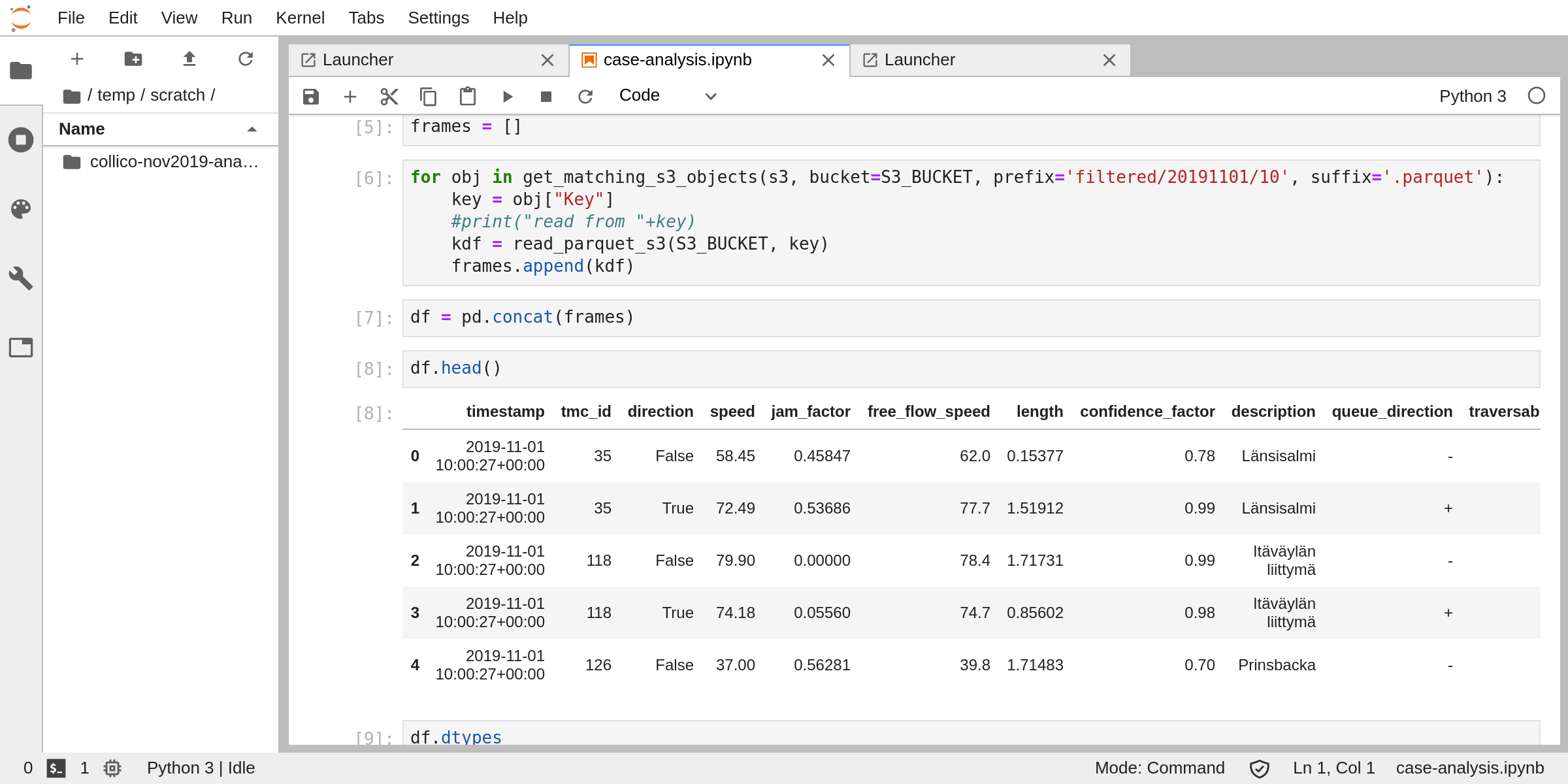
- #INSTALL JUPYTER NOTEBOOK HOW TO#
- #INSTALL JUPYTER NOTEBOOK INSTALL#
- #INSTALL JUPYTER NOTEBOOK UPDATE#
Spark Exception: Python in worker has different version 3.4 than that in driver 2.
#INSTALL JUPYTER NOTEBOOK INSTALL#
#INSTALL JUPYTER NOTEBOOK HOW TO#
On Jupyter, each cell is a statement, so you can run each cell independently when there are no dependencies on previous cells. In this Python Tutorial, we will be learning how to install, setup, and use Jupyter Notebooks.

The Anaconda distribution of Python comes with.
#INSTALL JUPYTER NOTEBOOK UPDATE#
If using Anaconda, update Jupyter using conda: conda update jupyter. Once you create the anaconda environment, go back to the Home page on Anaconda Navigator and install Jupyter Notebook from an application on the right panel. If you are running an older version of the IPython Notebook (version 3 or earlier) you can use the following to upgrade to the latest version of the Jupyter Notebook. Now select New -> PythonX and enter the below lines and select Run. The simplest way to install Jupyter notebooks is to download and install the Anaconda distribution of Python. The Jupyter Notebook used to be called the IPython Notebook. Experimental several of the environments below use the JupyterLite project to provide a self-contained Jupyter environment that runs in your browser. This opens up Jupyter Notebook in the default browser. If you like one, you can find installation instructions here. It will take a few seconds to install Jupyter to your environment, once the install completes, you can open Jupyter from the same screen or by accessing Anaconda Navigator -> Environments -> your environment (mine pandas-tutorial) -> select Open With Jupyter Notebook.


 0 kommentar(er)
0 kommentar(er)
